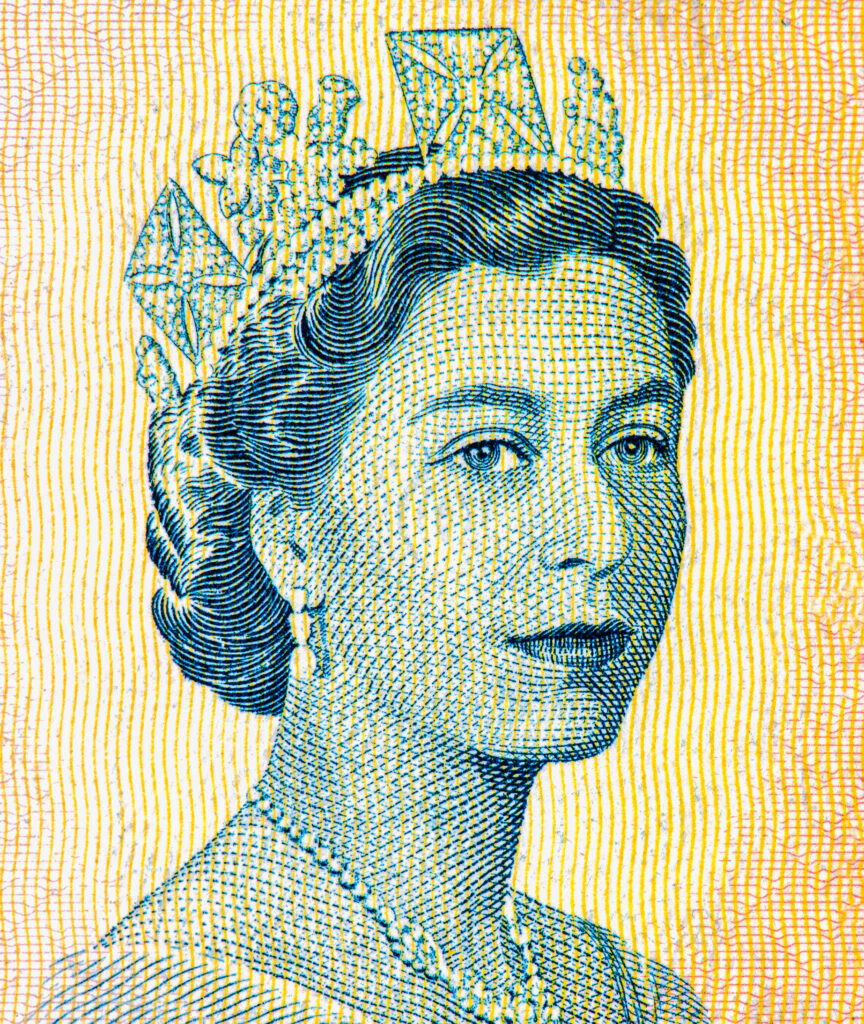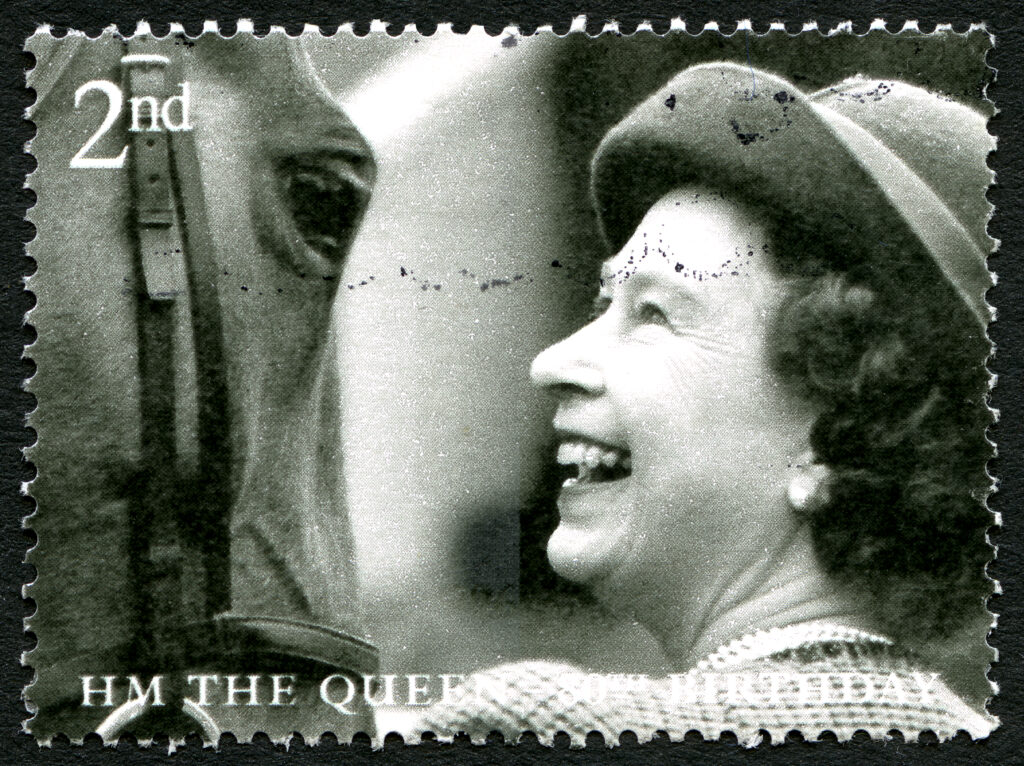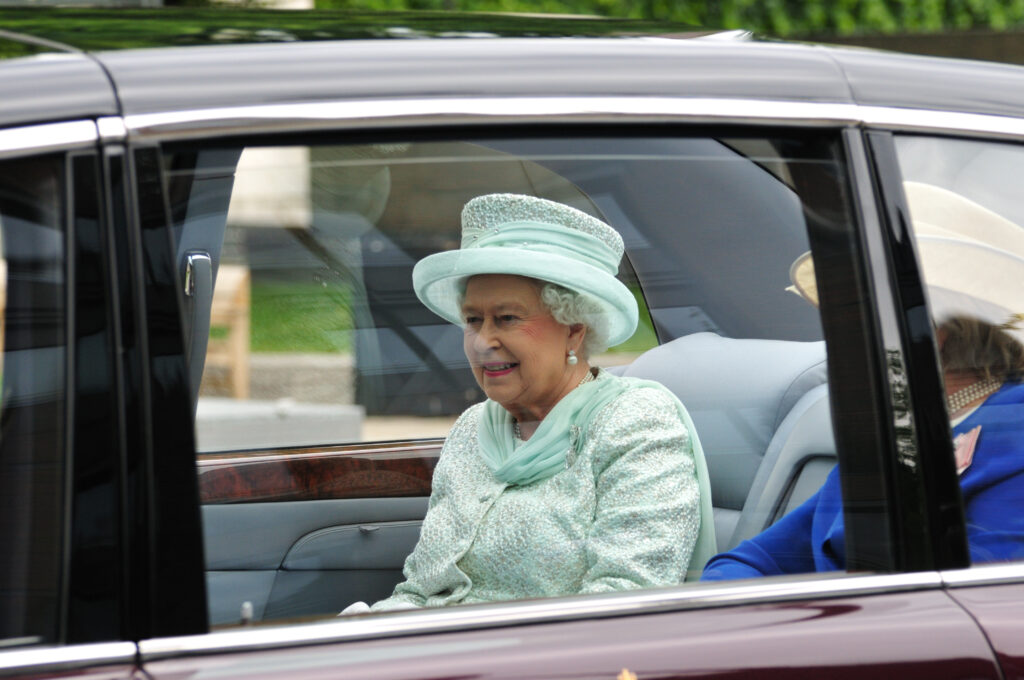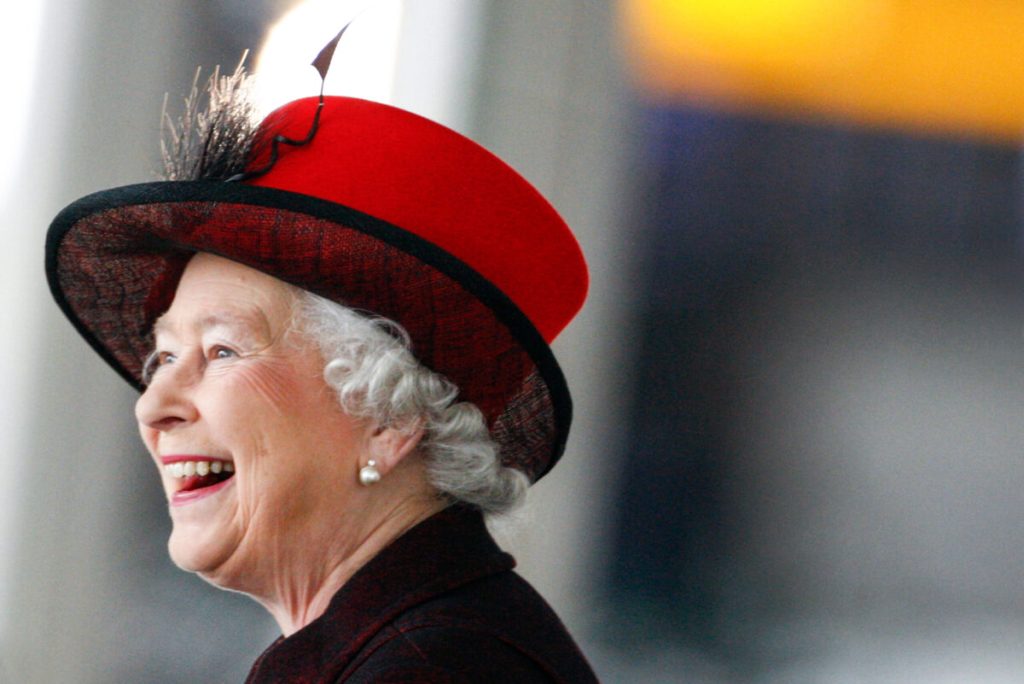She was a queen who was not meant to be a queen. Yet she ruled for 70 years through an era of extraordinary change for her country and the world, remaining a symbol of stability and honor for millions around the world.
Queen Elizabeth II is dead at the age of 96. She died peacefully at what was most likely her favorite place on Earth, Balmoral Castle in Scotland. Her family was with her except for Princess Catherine who remained at home to see her children off for their first day of school.

The Queen is succeeded by King Charles III, her son, who made a statement upon his mother’s death.
“We mourn profoundly the passing of a cherished Sovereign and a much-loved Mother. I know her loss will be deeply felt throughout the country, the Realms and the Commonwealth, and by countless people around the world.”
He said during the period of mourning and change he and his family would be “comforted and sustained by our knowledge of the respect and deep affection in which The Queen was so widely held.”
British Prime Minister Liz Truss, who was appointed by the Queen on Tuesday after winning the Conservative Party vote to replace outgoing Prime Minister Boris Johnson, said the monarch was the rock on which modern Britain was built and she had “provided us with the stability and strength that we needed”.
Speaking about the new King, she said: “We offer him our loyalty and devotion, just as his mother devoted so much, to so many, for so long.
“And with the passing of the second Elizabethan age, we usher in a new era in the magnificent history of our great country, exactly as Her Majesty would have wished, by saying the words ‘God save the King’.”
Elizabeth was born in London on April 21, 1926, as the first child of the Duke and Duchess of York. As such, she was distant in the line of succession. However, upon the controversial abdication of the Duke’s brother, King Edward VIII in 1936, the Duke became King George VI, making young Elizabeth the heir apparent.
Upon her father ascending to the throne, Elizabeth was educated privately at home and began to undertake public duties during the Second World War. In November 1947, she married Philip Mountbatten, a former prince of Greece and Denmark, and their marriage lasted 73 years until his death in April 2021. They had four children together: Charles, King of the United Kingdom; Anne, Princess Royal; Prince Andrew, Duke of York; and Prince Edward, Earl of Wessex.

Elizabeth was 25 years old and on an official tour representing her father in Kenya in February of 1952 when she was awoken to be told that her father had died, and that she was now Queen. She decided to keep her given name, thus becoming Queen Elizabeth II. Her reign spanned 15 Prime Ministers, the first of which was Sir Winston Churchill.
She ruled during a period of extreme turmoil in her country and the world, watching first as the great British Empire, which had dominated much of the globe since the reign of her great-great-great grandmother Queen Victoria, begin to recede in the post-war years, falling into internal strife and stagnation during the Cold War before being rejuvenated both internally and, through its “Special Relationship” with the United States, on the foreign scene.
Recent events such as the rise of terrorism and Britain’s “Brexit” from the European Union also transformed the country she ruled for so long.
The Queen’s popularity both domestically and internationally has occasionally ebbed, largely due to the often rebellious nature of her children, whose seeming desire to be free from the strict moral and behavioral traditions of the Royal Family often caused her great pain and found her, now and then, wrong-footed in the court of public opinion. The development of a sometimes hostile and inquiring press added to these moments of discomfort.
In the end, however, the Queen remained one of the most beloved public figures in our time, both at home, throughout the Commonwealth and around the world. Requiescat in pace.









